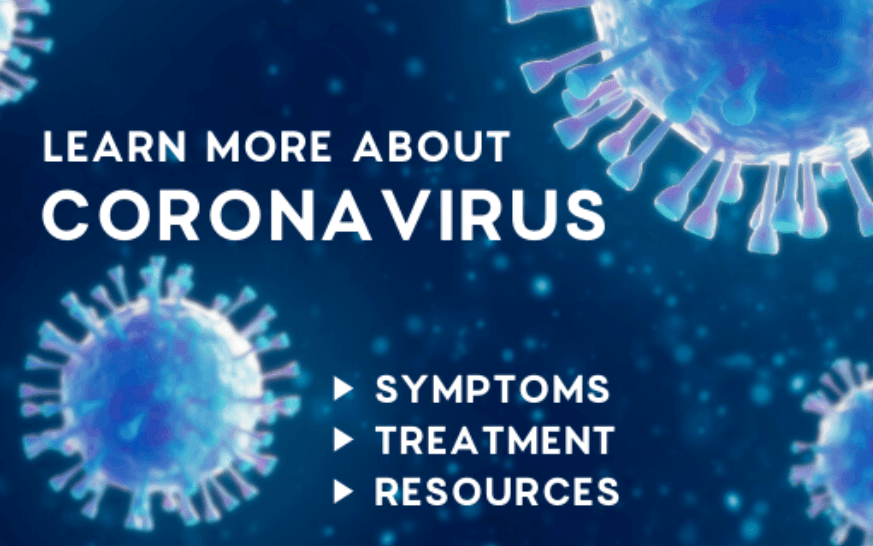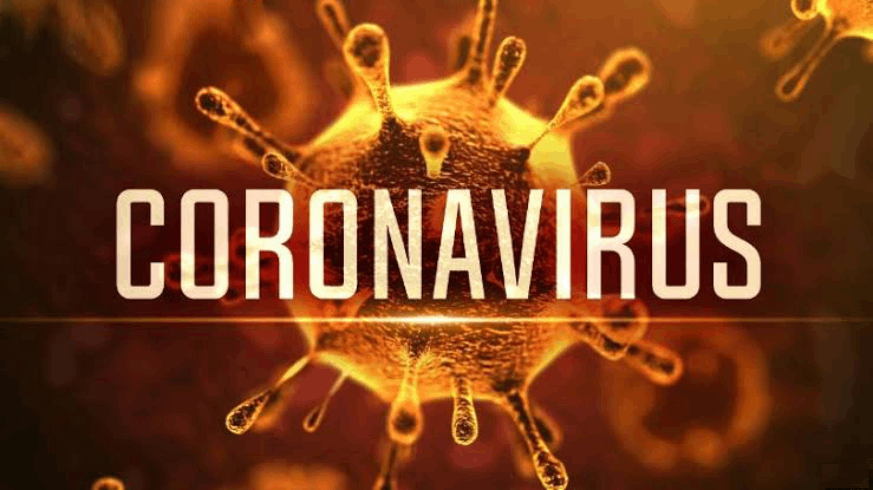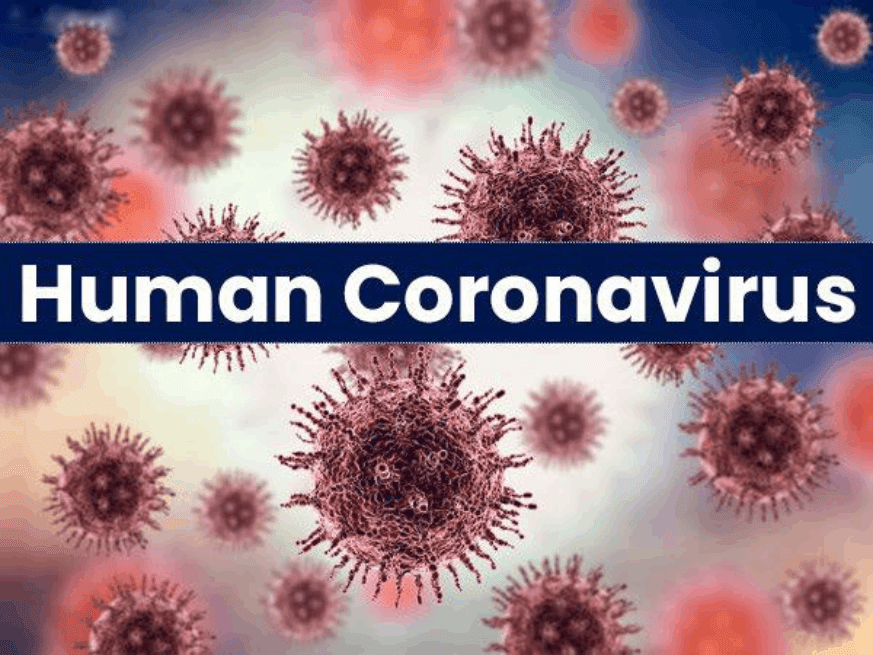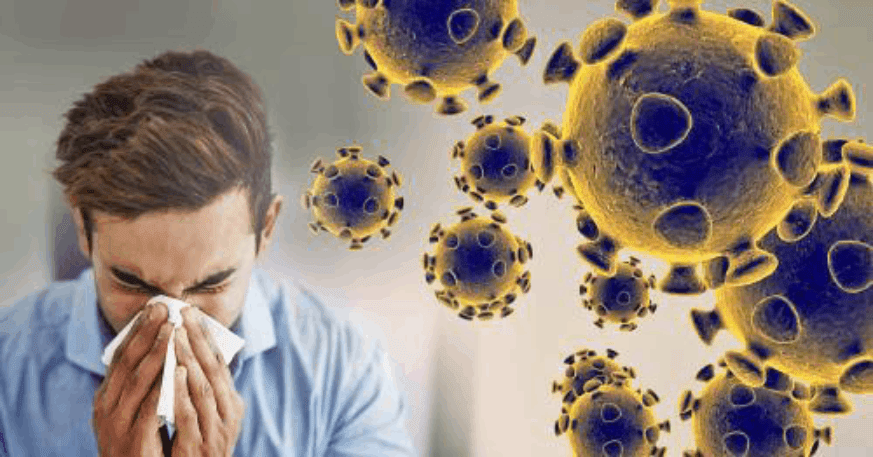
What is Coronavirus?
A coronavirus is a group of viruses that causes diseases in mammals and birds. In humans, the virus can cause mild respiratory infections, including the common cold. However, the rarer forms of coronavirus like SARS and MERS can be lethal. In chickens, it creates an upper respiratory disease, and in cows and pigs, it may cause diarrhea. There are yet no vaccines or antivirals approved for the prevention or treatment of the viruses.
Coronaviruses belong to the subfamily of Orthocoronavirinae in the family of Coronaviridae. They have enveloped viruses with a single-stranded positive-sense RNA genome and a nucleocapsid of helical symmetry. Coronaviruses genomic size ranges from approximately 26 to 32 kilobases. They have the largest size in the family of RNA viruses.
History of Coronavirus
Coronavirus derives its name from a Latin word “corona,” meaning halo or crown. It refers to the characteristic appearance of the particles of virus or virions; they make fringe reminiscent of a royal crown or solar corona.
Coronavirus got discovered in the 1960s. Infectious bronchitis virus found in chicken and two viruses found in the nasal cavities of humans with a common cold were the ones discovered earliest and named human coronavirus 229E and human coronavirus OC43, respectively.
Other members of the family got discovered since then, including SARS CoV in 2003, HCoV NL63 in 2004, HKU1 in 2005, MERS CoV in 2012, and nCoV in 2019. Most of these cause severe respiratory tract infections.
Some proteins contribute to the overall structure of all coronaviruses namely spike (S), membrane (M), envelope (E), and nucleocapsid (N). in the case of SARS coronavirus, a receptor-attaching domain on S mediates the binding of the virus to its cellular receptor angiotensin-converting enzyme 2 (ACE2). Some coronaviruses, specifically the ones belonging to Betacoronavirus subgroup A also have a short spike protein known as hemagglutinin esterase (HE).
Disperse of Coronavirus
Coronavirus dispersed across China several weeks ago. The World Health Organization, on 31st December 2019, got an alert about several cases of pneumonia in the Wuhan City of Hubei Province, China. The virus causing these conditions did not match any other commonly known virus. It further raised concerns, as a new virus is difficult to handle as the doctors don’t know how it will affect people.
On 7th January, one week later, after the outburst of pneumonia cases, Chinese authorities confirmed that they have an identification of a new type of coronavirus. It belonged to the family of viruses that cause common cold and viruses like SARS and MERS. They temporarily named the new virus as “2019 nCoV”.
Who and Chinese authorities have been working with global experts to learn more about the virus, how we can prevent it, how to treat it, how it will affect sick people, and what other countries can do to be safe from it.
What are the Symptoms of Coronavirus?
Most common human coronaviruses, including 229E, OC43, NL63, and KHU1, typically cause mild to moderate upper respiratory tract diseases, like a common cold. These diseases live only for a short amount of time with the symptoms:
- Runny nose
- Headache
- Fever
- Cough
- Sore throat
- Feeling of unwellness
Coronavirus like nCoV can also cause lower respiratory tract diseases such as bronchitis and pneumonia. It is more common in people with weak immunity system, cardiopulmonary disease, and in infants or older adults.
How COVID-19 Can Spread in a Community?
How to diagnose Coronavirus?
A healthcare provider may order a laboratory test on the respiratory specimen and serum, blood samples, to detect human coronaviruses. Laboratory testing is more likely to be useful in case of severe diseases like MERS.
If a person experiences any of the symptoms, they should tell a healthcare professional about any recent contact with animals or past travels. Most MERS-related CoV infections take place in the Arabian Peninsula; therefore, it is necessary to report the travel history or any contact with camels or camel products to diagnose coronavirus.
What precautions should be taken to prevent Coronavirus?
WHO recommends the general public to take the following precautionary measures for the prevention of coronavirus:
- Regularly clean your hands by using soap and water or alcohol-based hand rubs
- Cover your mouth and nose with a fabric, tissue, or flexed elbow while coughing or sneezing. Immediately throw away the tissue and wash your hands.
- Avoid close contact with anyone who has a cold or fever.
- If you have a cough, cold, fever, and trouble breathing, seek medical help as early as possible and remember to share your animal contact and recent travel history with your health care provider.
- Avoid direct or unprotected contact with live animals and surfaces in animal contact when you visit live markets in areas or nearby areas currently experiencing cases of the novel coronavirus.
- Avoid consumption of undercooked or raw animal products. Avoid cross-contamination with uncooked food items as per proper food safety guidelines and handle raw meat, animal organs, or milk with care.
- Thoroughly cook eggs and meat.
- Wash your hands when caring for sick, before eating, after using the toilet, before, during, and after preparing food, when they are visibly dirty, and after handling animals or their waste.
- Do not eat sick animals or animals died of the disease.
- Avoid touching your nose, eyes, or mouth with uncleaned hands or when in public.
- Avoid contact with fluids, stray animals, or waste in public places.
- Disinfect your equipment and the working area if you are working in wet markets or regions.
- Wear protective facial masks, gloves, and gowns while handling animals or animal products.
What are Human Coronaviruses?
Coronaviruses cause a significant percentage of common colds in human adults and children. They cause colds with substantial symptoms like fever, swollen throat adenoids, primarily in winters and in early spring seasons. These viruses can cause pneumonia, either direct viral pneumonia or secondary bacterial pneumonia, and also bronchitis, either direct viral bronchitis or secondary bacterial bronchitis. Seven strains of human coronaviruses have been discovered to date:
- Human coronavirus 229E or HCoV-229E
- Human coronavirus OC43 or HCoV-OC43
- SARS-CoV
- Human coronavirus NL63 or HCoV-NL63
- Human coronavirus HKU1
- Middle East Respiratory Syndrome coronavirus or MERS-CoV
- Novel coronavirus or 2019-nCoV or Wuhan coronavirus
Coronaviruses such as HCoV-229E, -OC43, -NL63, and -HKU1 continuously circulate in the human population to cause respiratory infections in children and adults worldwide.
Novel Coronavirus or 2019-nCoV
In December 2019, a pneumonia outbreak discovered novel coronavirus in Wuhan, China. On December 31st, 2019, the novel strains of coronavirus got traced and labeled as 2019-nCoV by the WHO.
By 28th January 2020, the death rate due to novel coronavirus reached more than 130, and above 5,570 confirmed cases of pneumonia due to coronavirus.
The Wuhan strain was a new strain of Betacoronavirus from the group of 2B, with approximately 70% genetic similarity to the SARS-CoV. Some authorities suspect that the virus originated in snakes, but leading researchers disagree with this.
Read More about "What’s The Difference Between Valium And Xanax?" Difference Between Valium And Xanax



